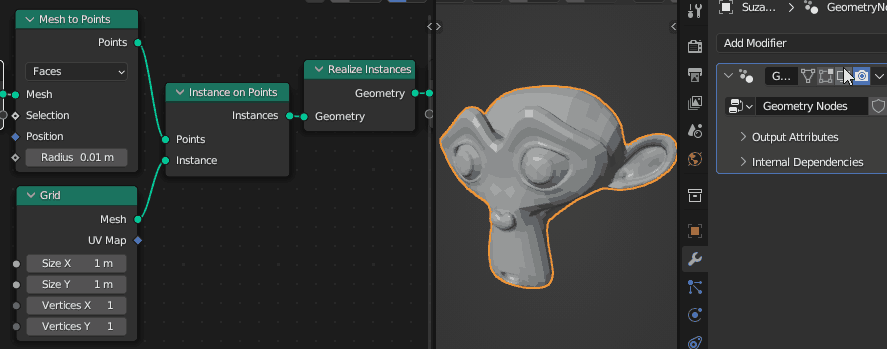How can one go about generating a point cloud from the surfaces/faces of a model?
Initially the models are going to be fairly simple (just cubes, cylinders, and spheres), but eventually the models will be progressing on to more complicated shapes.
The type of point cloud that I need to generate needs to be similar to the point cloud that would result from a laser scanner. So I do not need any edge or vertex information, just a point for every face of the mesh.



